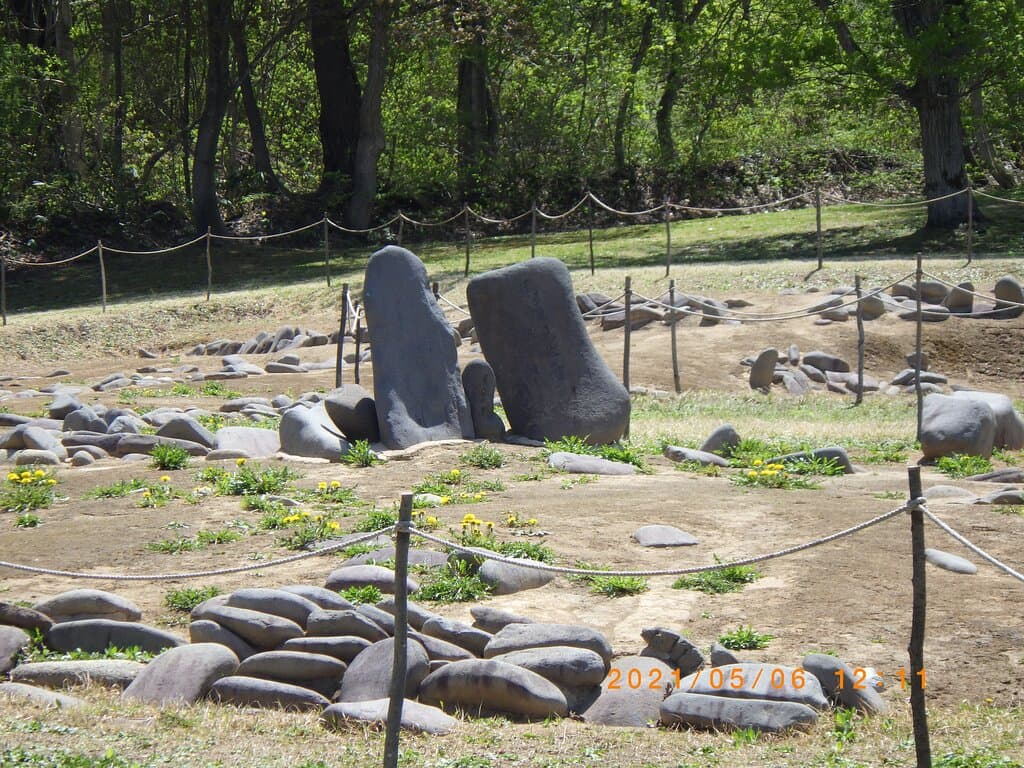
Komakino Jomon Restaurant Aomori
Explore Komakino Jomon Restaurant Aomori, a UNESCO World Heritage site featuring a 4,000-year-old stone circle and ancient settlement.
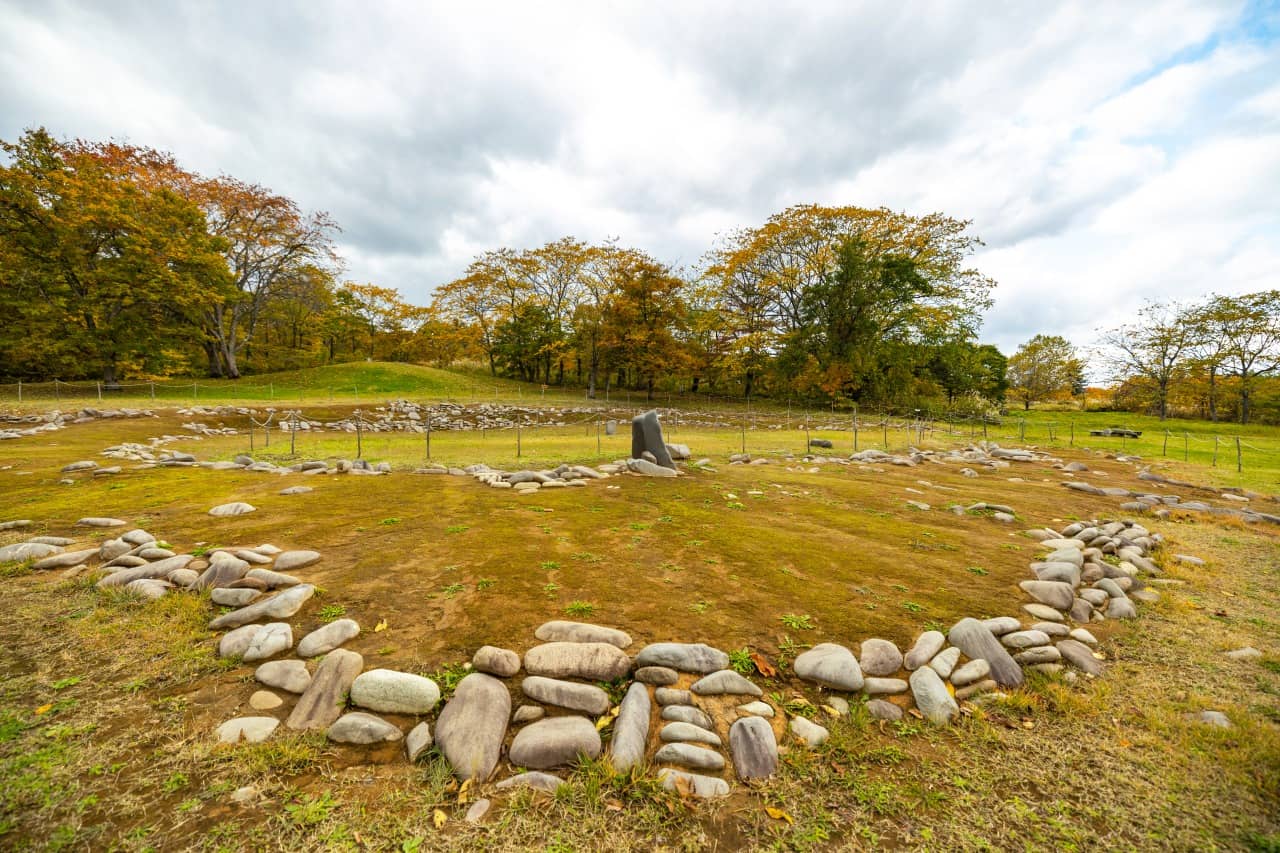
Highlights
Must-see attractions

Social
From TikTok & Reddit
Best Time
Pleasant weather for exploring

Komakino Jomon Restaurant Aomori
Best Time
Pleasant weather for exploring

Highlights
Must-see attractions
Explore Komakino Jomon Restaurant Aomori, a UNESCO World Heritage site featuring a 4,000-year-old stone circle and ancient settlement.
"A free, well-maintained glimpse into Japan's ancient Jomon past with an awe-inspiring stone circle."
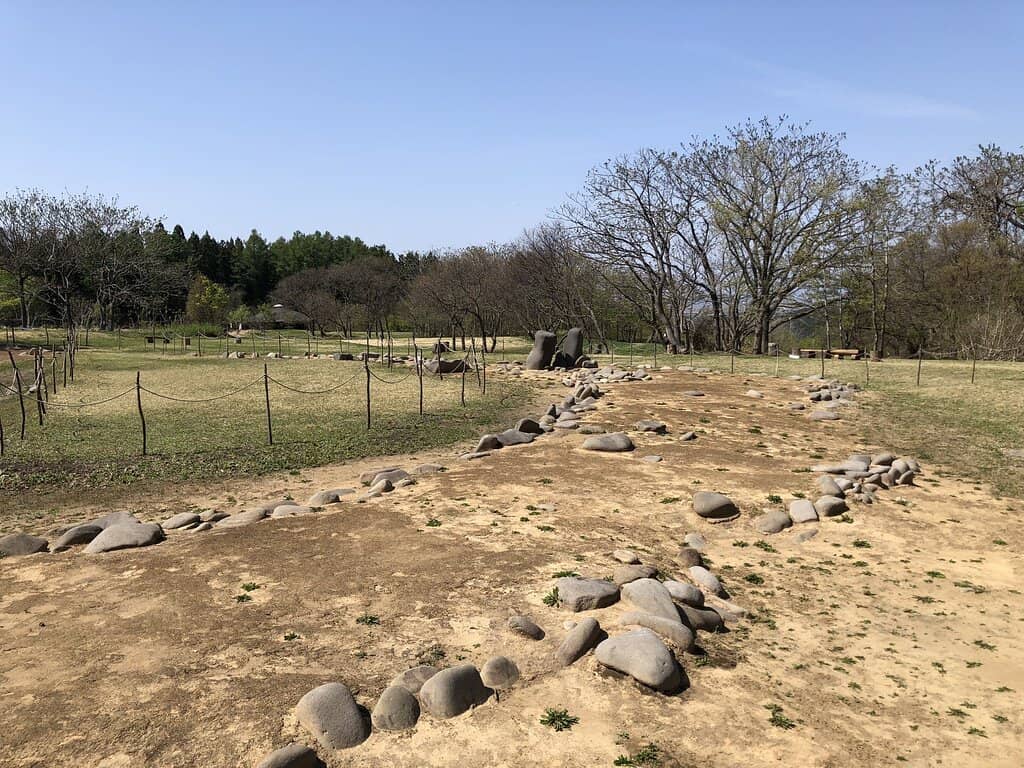
🚗 Car Recommended for Access
The site is outside the city; a car makes getting here much easier. Signs guide you from Shimoyu Dam.
🌰 Watch for Chestnut Trees
Abundant chestnut trees grow here; ancient people likely foraged them. Be mindful of locals picking them!
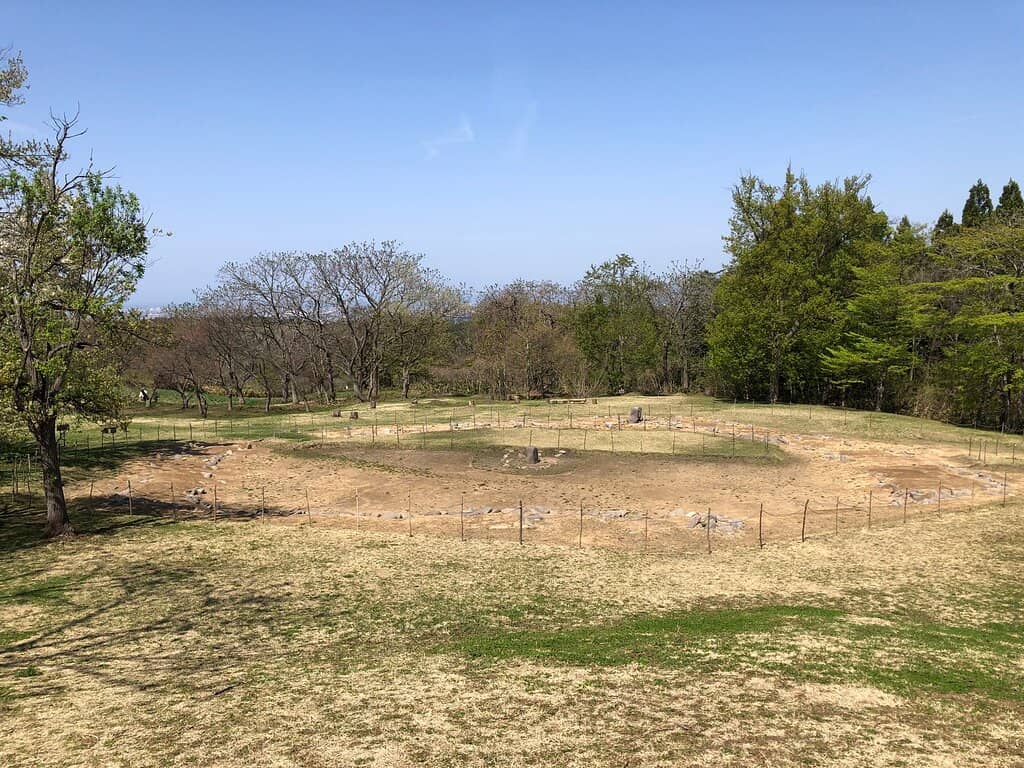
Highlights
Discover the most iconic attractions and experiences

The Grand Stone Circle
Center of the site
A massive, triple-structured stone circle, approximately 55 meters in diameter, dating back 4,000 years. A truly awe-inspiring Jomon relic.
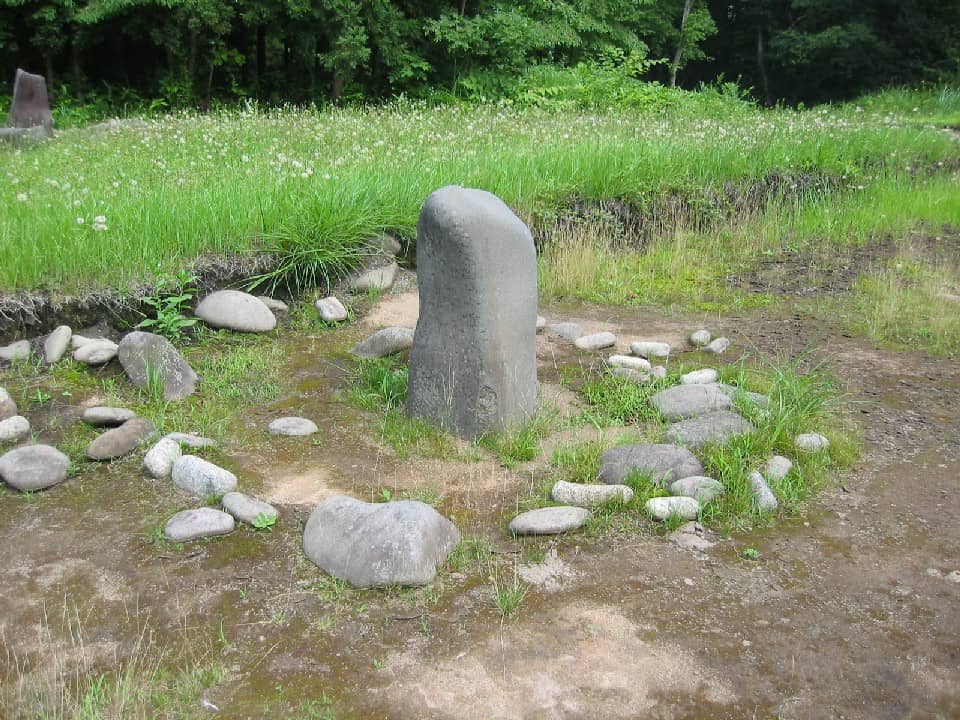
Jomon Settlement Remains
Surrounding the stone circle
Explore the remnants of pit dwellings and post-hole buildings, offering a glimpse into a large Middle Jomon period settlement.
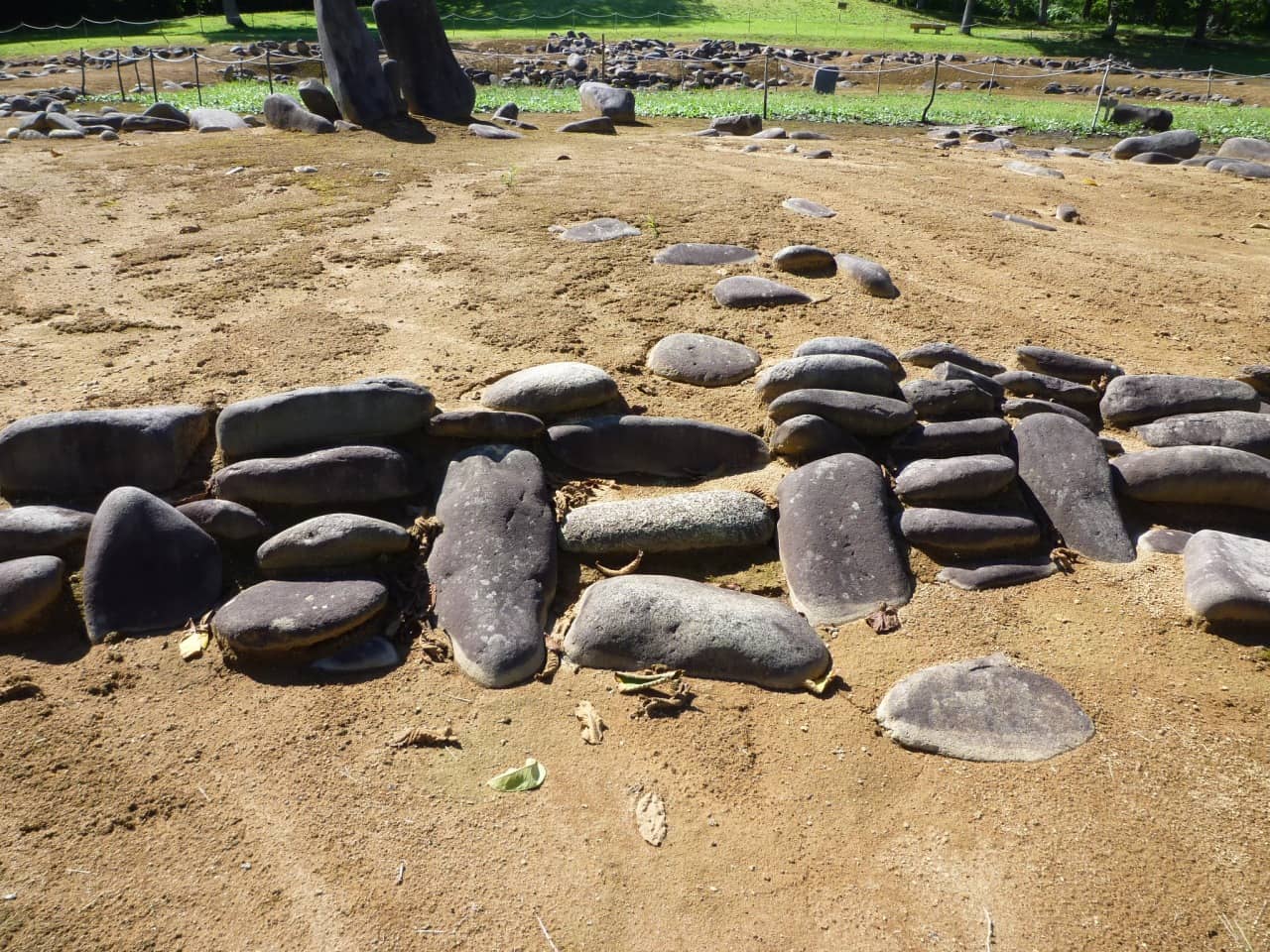
Unique Triangular Rock Slabs
Exhibits (if available) or site context
Discover intricately carved triangular rock slabs, unique to the Tsugaru region, showcasing Jomon artistry and ritual practices.
Plans like a pro.
Thinks like you
Planning Your Visit
Timing Your Visit to Komakino
Getting to Komakino
Best Times
Insider Tips
from TikTok, Instagram & Reddit
🚗 Car Recommended for Access
The site is outside the city; a car makes getting here much easier. Signs guide you from Shimoyu Dam.
🌰 Watch for Chestnut Trees
Abundant chestnut trees grow here; ancient people likely foraged them. Be mindful of locals picking them!
🚶♀️ Explore the Surroundings
The site is well-maintained and offers a peaceful walk through nature. Enjoy the historical ambiance.
🐻 Be Bear Aware
While rare, dark shadows have been spotted. Use caution and be aware of your surroundings.
Tips
from all over the internet
🚗 Car Recommended for Access
The site is outside the city; a car makes getting here much easier. Signs guide you from Shimoyu Dam.
🌰 Watch for Chestnut Trees
Abundant chestnut trees grow here; ancient people likely foraged them. Be mindful of locals picking them!
🚶♀️ Explore the Surroundings
The site is well-maintained and offers a peaceful walk through nature. Enjoy the historical ambiance.
🐻 Be Bear Aware
While rare, dark shadows have been spotted. Use caution and be aware of your surroundings.
What Travellers Say
Reviews Summary
Visitors praise Komakino Jomon Restaurant Aomori for its historical significance and free entry, offering a unique glimpse into the ancient Jomon period. The impressive stone circle and settlement remains are highlights, set within a well-maintained natural environment. Some note the off-road access requires a vehicle, and caution is advised due to wildlife.
"Drive or cycle outside Aomori city towards Shimoyu Dam and the road signs will guide to the remains of the Komakino site. If you are interested in Japanese history and archeology I am sure this is the place you want to visit. Enjoy!"
Mihai Apostu Oota
"Stone circle about 5000 years ago"
SHINYA FUJIWARA
"Free, closed in winter, with a resident caretaker. Surprisingly, the park is well-maintained and well-funded, and although the road is off-road, it is closed at night. Locals were picking chestnuts.
The remains of a large settlement with a stone circle from the Middle Jomon period in Aomori City, Aomori Prefecture. It is one of Japan's leading Jomon sites and has been designated a Special Historic Site. At the center of the site is a stone circle measuring approximately 38 meters in diameter, and numerous post-hole buildings and pit dwellings have been discovered around it. In 2021, it was registered as a World Heritage Site as part of the "Jomon Sites of Hokkaido and Northern Tohoku." The stone circle is believed to have been used for rituals and as a burial site. These structures reveal the high spirituality and social organization of the people of that time."
44
What People Like
What People Dislike
Frequently Asked Questions
🚇 🗺️ Getting There
The best way to reach Komakino Jomon Restaurant Aomori is by car or bicycle, as it's located outside Aomori city. Follow road signs towards Shimoyu Dam, and further signs will guide you to the archaeological site. Public transport options are limited, making a personal vehicle highly recommended for ease of access.
Public transport to Komakino Jomon Restaurant Aomori is not readily available. It is situated in a more rural area, so driving or cycling is the most practical method of transportation.
The road leading to Komakino Jomon Restaurant Aomori is described as off-road but well-maintained. It is also closed at night, ensuring safety for visitors during operating hours.
Yes, cycling is a viable option to reach Komakino Jomon Restaurant Aomori. The scenic route outside the city can be enjoyable for cyclists.
While not explicitly detailed, the presence of a caretaker and the site's maintenance suggest that parking facilities are likely available for visitors arriving by car.
🎫 🎫 Tickets & Entry
Komakino Jomon Restaurant Aomori is free to enter. This makes it an accessible historical site for all visitors interested in Jomon culture.
Komakino Jomon Restaurant Aomori is open during daylight hours. It is closed during the winter season, so plan your visit for the warmer months.
The site is closed during the winter months. It's advisable to check local conditions or inquire if you plan to visit during the shoulder seasons.
No, tickets are not required as Komakino Jomon Restaurant Aomori is a free-to-enter site. You can visit without prior booking.
Yes, there is a resident caretaker at Komakino Jomon Restaurant Aomori, which contributes to the site's well-maintained condition.
🎫 🧭 Onsite Experience
The main attraction is the impressive stone circle, a large circular formation approximately 55 meters in diameter, dating back to the Middle Jomon period. It's believed to have been used for rituals and burials.
You can explore the remains of a large settlement, including pit dwellings and post-hole buildings, surrounding the central stone circle. Unique triangular rock slabs with carvings are also significant finds.
A visit to Komakino Jomon Restaurant Aomori can take anywhere from 1 to 2 hours, depending on your interest in archaeology and how much you wish to explore the site and its surroundings.
Yes, the site is well-maintained and offers a pleasant walking experience. Wear comfortable shoes to explore the grounds and surrounding nature.
The stone circle is a key feature of the Middle Jomon period, believed to have served ceremonial and burial purposes. Its large scale and intricate arrangement highlight the advanced social organization of the time.
📸 📸 Photography
The large stone circle itself is a prime subject, especially during the golden hour for dramatic lighting. The surrounding natural landscape and the remnants of the settlement also offer great photographic opportunities.
Photography is generally allowed at outdoor archaeological sites like Komakino Jomon Restaurant Aomori for personal use. Be respectful of the historical significance of the site.
You can capture wide shots of the stone circle, detailed shots of the rock formations, and scenic views of the surrounding Jomon settlement and natural environment.
Specific drone regulations are not mentioned, but it's always advisable to check local rules and regulations regarding drone usage at historical or natural sites to avoid any issues.
Late afternoon, during the golden hour, offers beautiful lighting for photography. Morning light can also be soft and appealing for capturing the site's atmosphere.
For Different Travelers
Tailored advice for your travel style
👨👩👧 Families with Kids
While there aren't specific play areas, the site's free entry and the caretaker's presence make it a relaxed visit. Encourage children to imagine life in the Jomon period, perhaps by looking for interesting stones or identifying different types of trees. It's a great way to introduce them to Japanese history in a hands-on, outdoor setting.
🏛️ History Buffs & Archaeologists
Take your time to absorb the details of the site's layout and the evidence of sophisticated Jomon culture. The caretaker's presence might offer opportunities for local insights, though detailed historical interpretation is best supplemented by prior research. This is a place to connect with the deep past of Japan in a significant and well-preserved setting.
Deep Dives
In-depth insights and expert knowledge
The Jomon Period and Komakino's Significance
The stone circle at Komakino is particularly remarkable. It's a triple-structured formation, approximately 55 meters in diameter, with unusual stone arrangements. The effort involved in transporting an estimated 2,900 stones, weighing over 30,000 kg, from a nearby river highlights the community's dedication and collective power. Researchers believe these circles served crucial roles in rituals, astronomical observations, or as burial grounds, reflecting the spiritual depth of the Jomon people.
Discoveries like the triangular rock slabs with carved patterns further emphasize the unique cultural identity of the Tsugaru region during this era. These artifacts, meticulously crafted from hard stone, demonstrate advanced tool-making skills and artistic expression. The presence of abundant chestnut trees also suggests a reliance on foraging, a key aspect of the Jomon diet. The site's discovery by a high school student adds a touch of modern serendipity to this ancient landscape.
Exploring the Komakino Site
While the primary focus is the archaeological remains, the natural setting also adds to the experience. The area is known for its chestnut trees, which were likely a significant food source for the Jomon people. Visitors might encounter locals gathering chestnuts, a reminder of the enduring relationship between humans and the land. The peaceful atmosphere allows for quiet contemplation of the lives lived here millennia ago.
It's important to remember that this is a historical site, and respectful exploration is key. While the site is free to visit and generally accessible, it is closed during winter. Planning your visit during the warmer months will allow you to fully appreciate the outdoor elements and the historical context of this significant Jomon settlement.
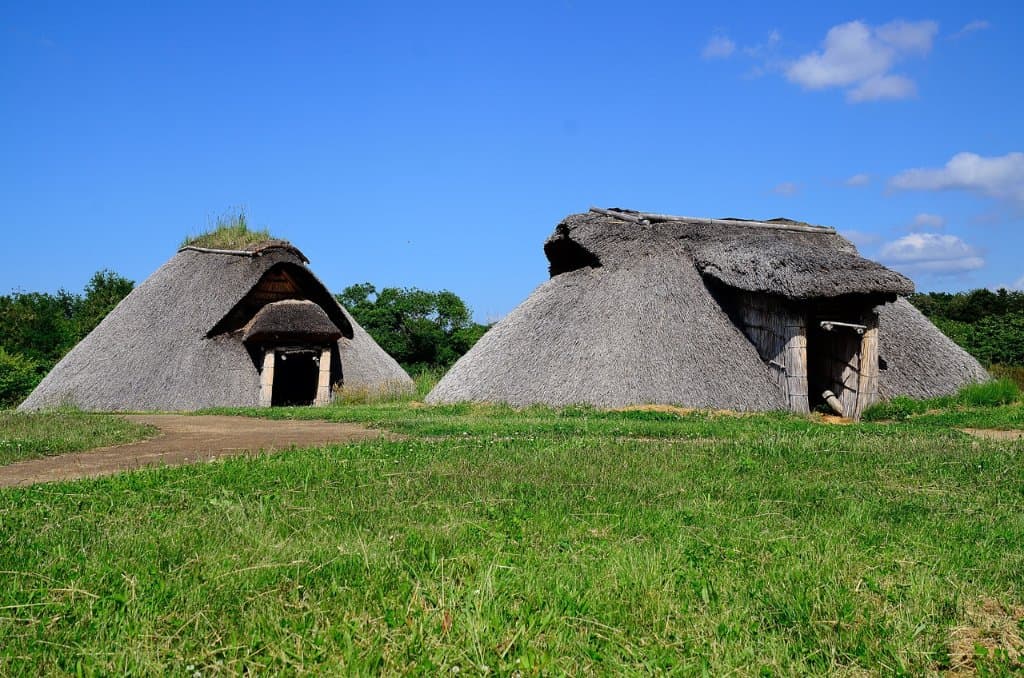
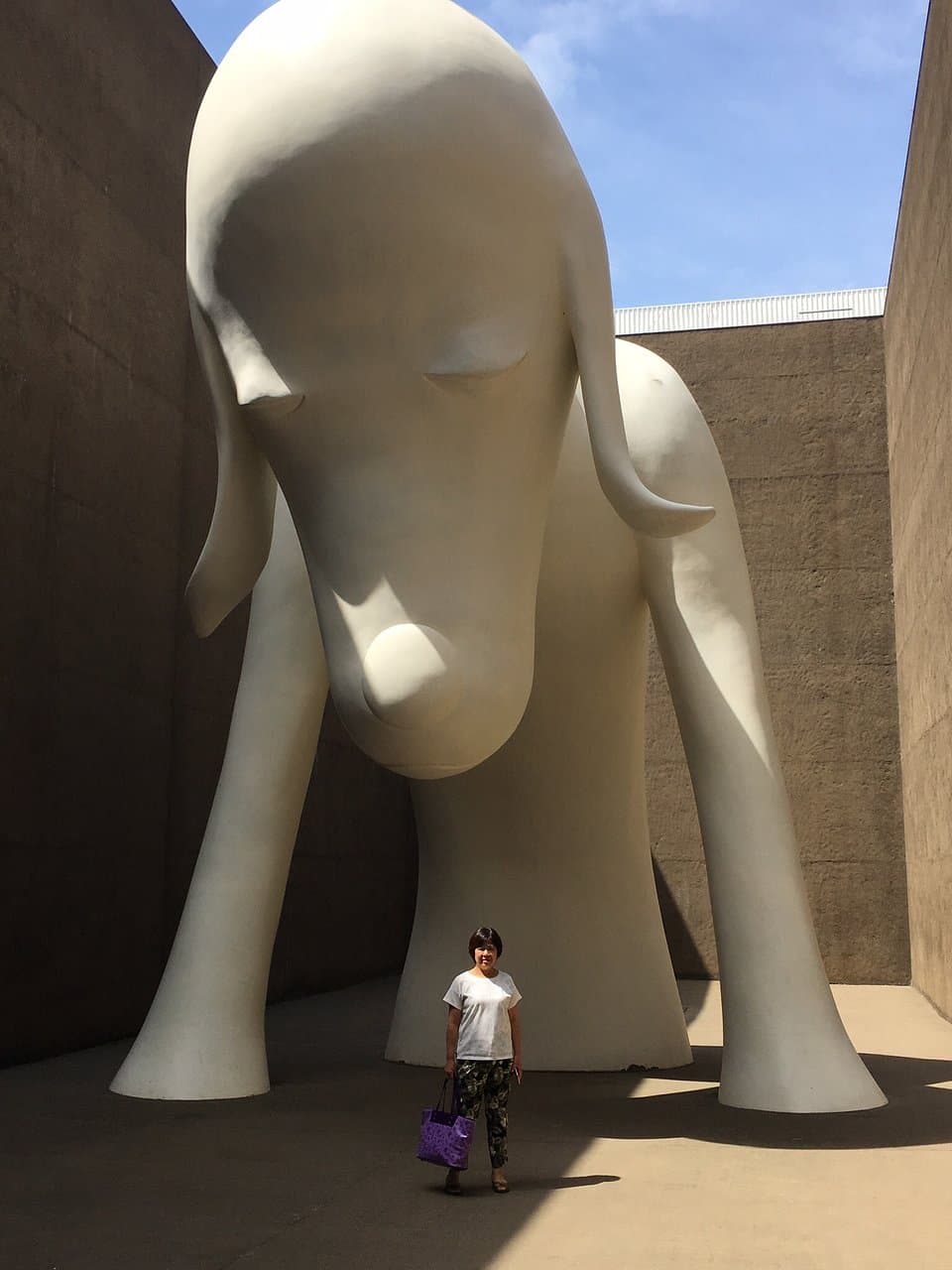
Social
from TikTok, Instagram & Reddit